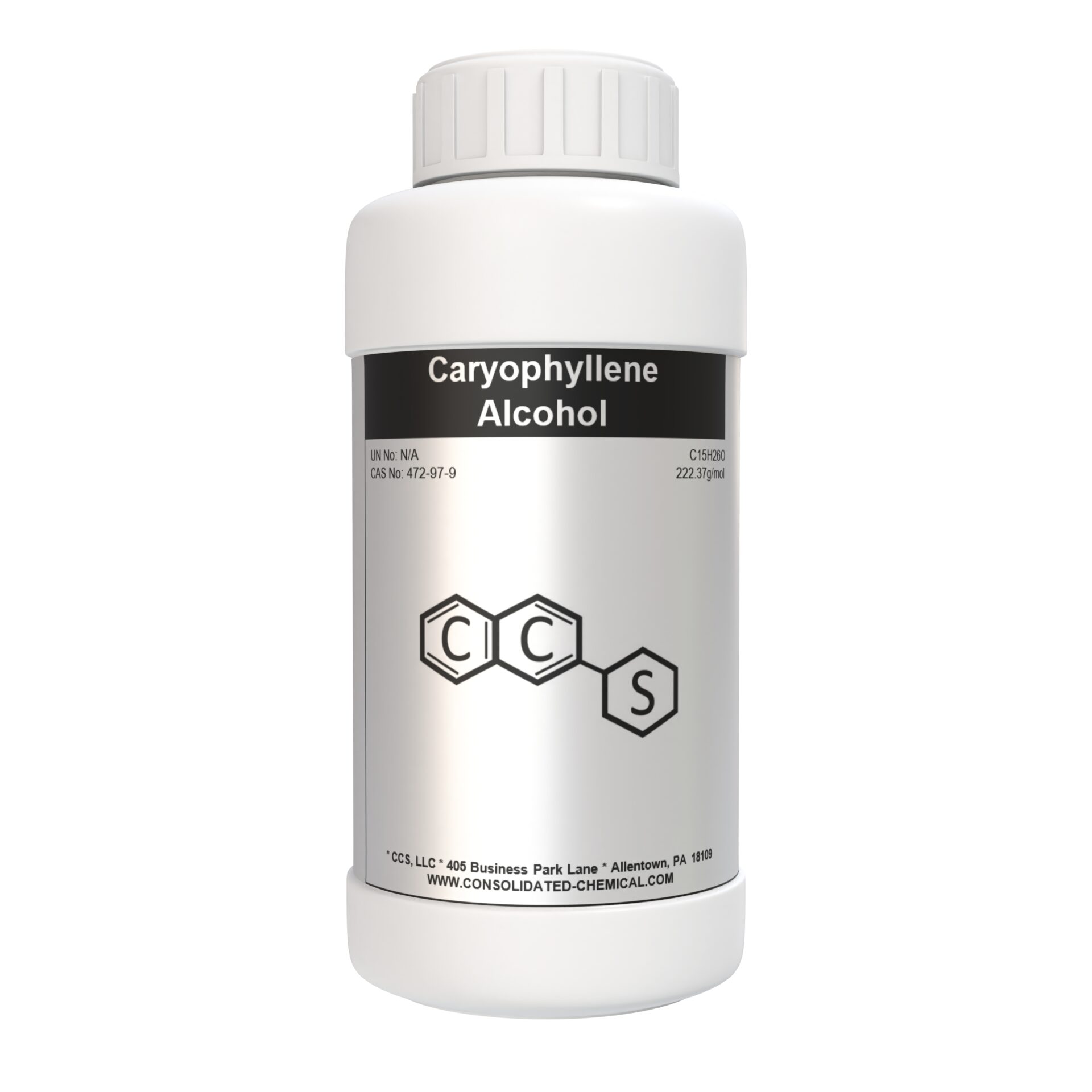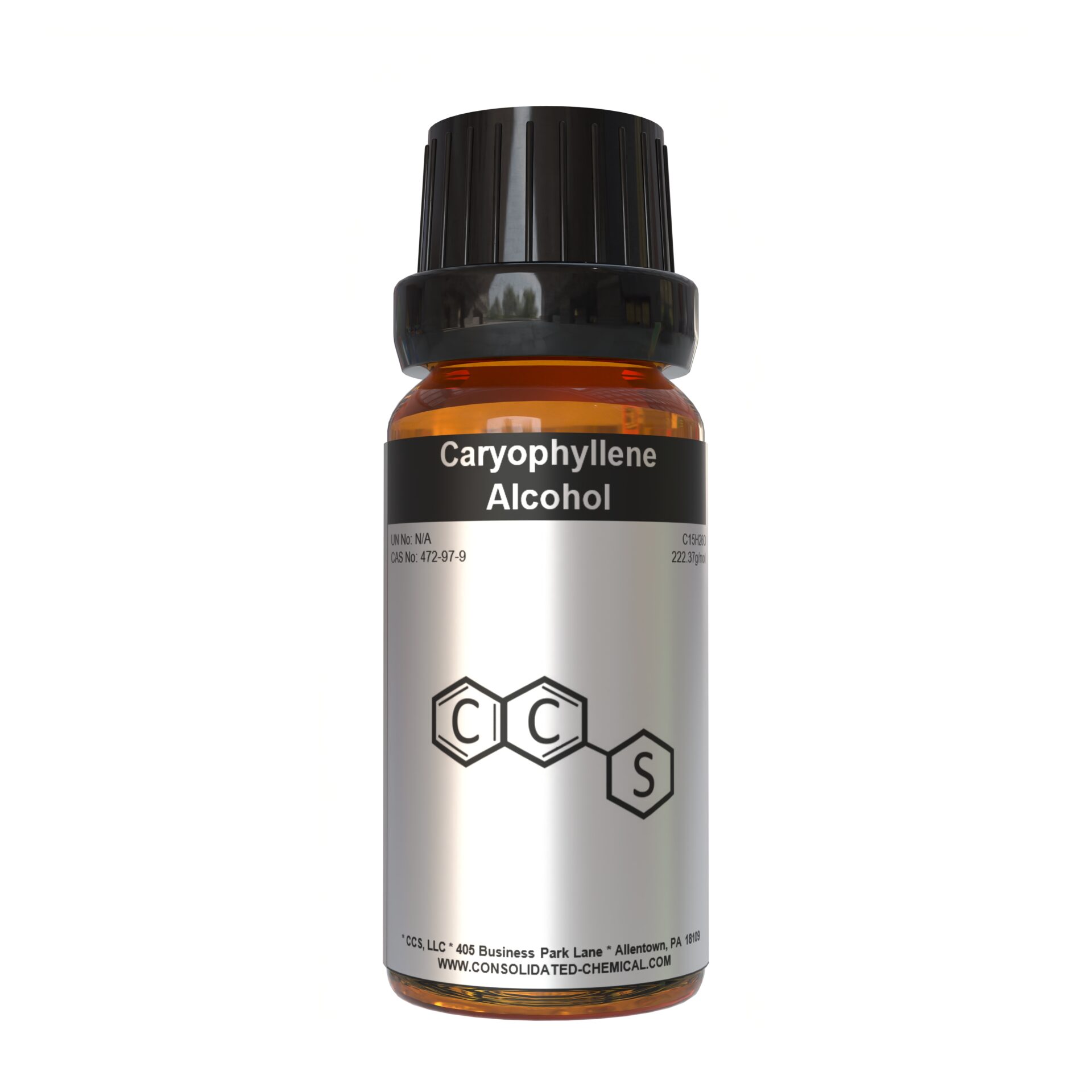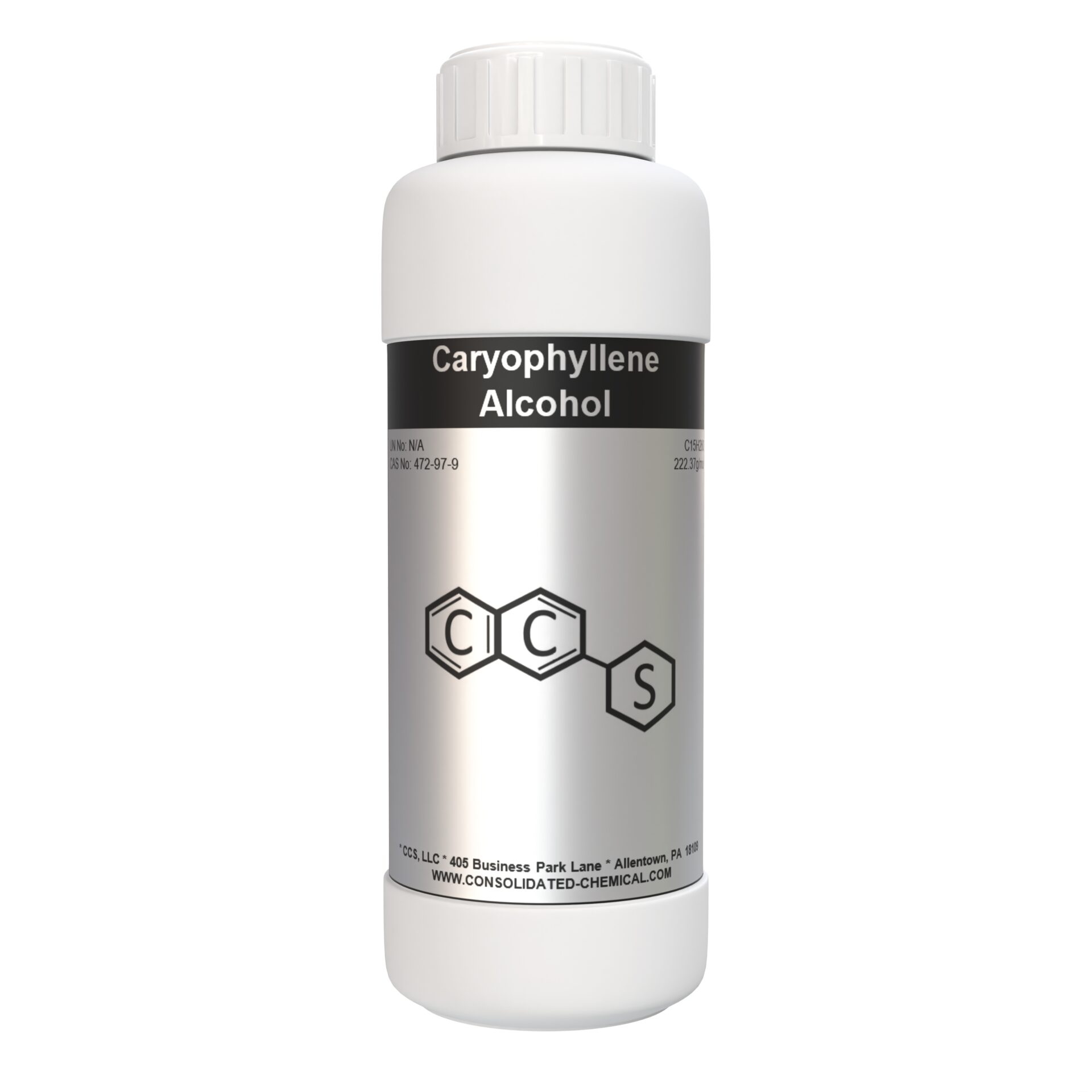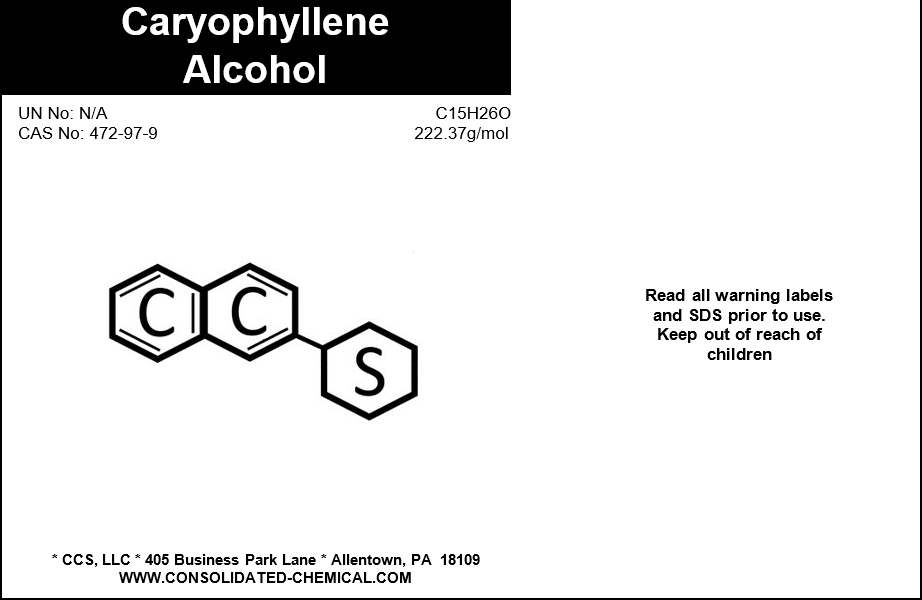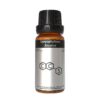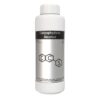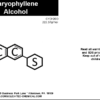Caryophyllene Alcohol | Fragrance & Flavor Ingredient
$10.00 – $49.99
Chemical Identity:
Chemical Name: Caryophyllene Alcohol
CAS Number: 475-72-3
Molecular Formula: C15H26O
Molecular Weight: 222.37 g/mol
Synonyms: Caryolan-1-ol, Sesquiterpene Alcohol, Beta-Caryophyllene Alcohol
Physical Properties:
Appearance: Colorless to pale yellow liquid
Odor: Woody, spicy, floral with herbal notes
Density (at 20°C): 0.950 – 0.960 g/cm³
Boiling Point: 135-137°C (at 0.5 mmHg)
Flash Point: > 100°C (Closed cup)
Refractive Index (at 20°C): 1.500 – 1.510
Chemical Properties:
Purity: ≥ 98%
Solubility: Soluble in alcohol and oils; insoluble in water
Stability: Stable under normal storage conditions; sensitive to air and light exposure
Vapor Pressure (at 20°C): 0.001 hPa
Description
Caryophyllene Alcohol is a natural sesquiterpene alcohol widely used in the flavor and fragrance industries. It features a woody, spicy, and floral aroma, making it an ideal ingredient for perfumes, personal care products, and flavor formulations. With its unique scent profile, Caryophyllene Alcohol adds depth and warmth to both fragrance blends and food products.
Applications of Caryophyllene Alcohol
Fragrance Industry:
- Used in perfumes, colognes, candles, and air fresheners for woody, spicy notes.
- Acts as a fixative to enhance fragrance longevity.
Flavor Industry:
- Adds peppery, herbal, and woody flavors to seasonings, sauces, beverages, and baked goods.
- Ideal for savory and spiced formulations.
Cosmetics:
- Used in lotions, shampoos, and soaps to provide a natural woody scent.
- Enhances eco-friendly personal care products.
Household Products:
- Found in cleaners, laundry detergents, and air care products for a long-lasting, fresh aroma.
Aromatherapy:
- Adds calming and grounding properties to essential oils, diffusers, and massage oils.
- Blends well with woody and floral essential oils.
Storage Guidelines:
- Store in a cool, dry, and well-ventilated area.
- Keep away from direct sunlight, heat sources, and open flames.
- Use tightly sealed, chemical-resistant containers made of glass or HDPE to prevent contamination.
- Recommended storage temperature: 10-25°C (50-77°F).
- Protect from air and moisture to avoid oxidation and maintain product integrity.
- Store separately from strong oxidizers, acids, and bases to prevent reactions.
Handling Guidelines:
- Wear appropriate PPE (gloves, safety goggles, lab coat) to avoid contact with skin and eyes.
- Ensure adequate ventilation when handling large quantities to avoid inhalation of vapors.
- Avoid sparks, static electricity, and open flames near the product.
- Use non-reactive tools and equipment when handling the compound.
Spill Management:
- In case of a spill, absorb the material with inert absorbent material (e.g., sand or vermiculite) and place in a suitable waste container.
- Avoid using combustible materials like paper towels for cleanup.
- Dispose of in accordance with local regulations for hazardous materials.
Disposal:
- Follow local, state, and federal regulations for the disposal of chemical waste.
- Do not release into drains or water systems.
Additional information
| Size | 30mL (1 Fl Oz), 100mL (3.3 Fl Oz), 250mL (8 Fl Oz), 500mL (16 Fl Oz) |
|---|
Related products
-
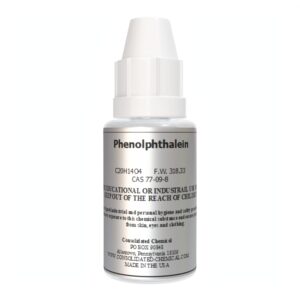
Phenolphthalein Indicator w/ Dropper Bottle – Lab Grade
$9.99 – $34.99 Select options This product has multiple variants. The options may be chosen on the product page -
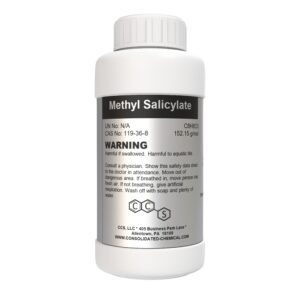
Methyl Salicylate (Oil of Wintergreen)
$12.00 – $265.00 Select options This product has multiple variants. The options may be chosen on the product page -
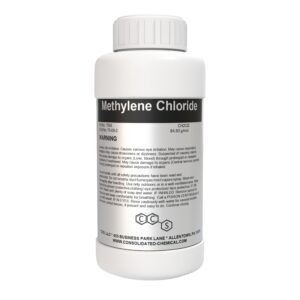
Methylene Chloride (Dichloromethane)
$28.00 – $135.00 Select options This product has multiple variants. The options may be chosen on the product page -
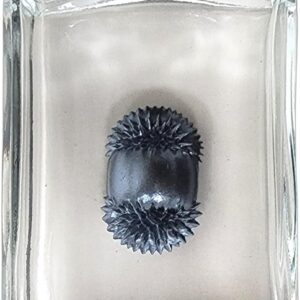
Ferrofluid Display (Celestial Silver) – Mesmerizing 2oz Magnetic Art Showcase
$20.00 Read more


